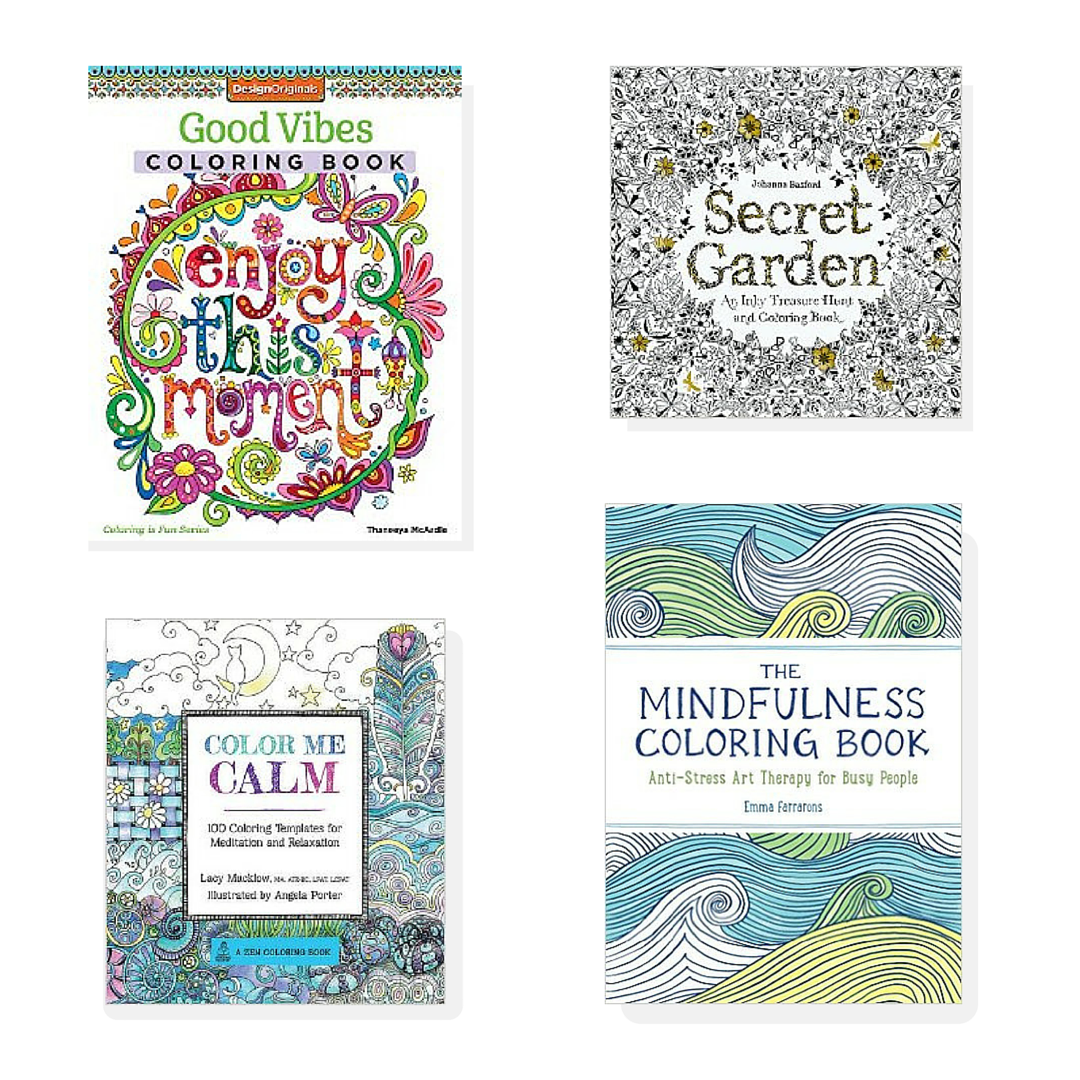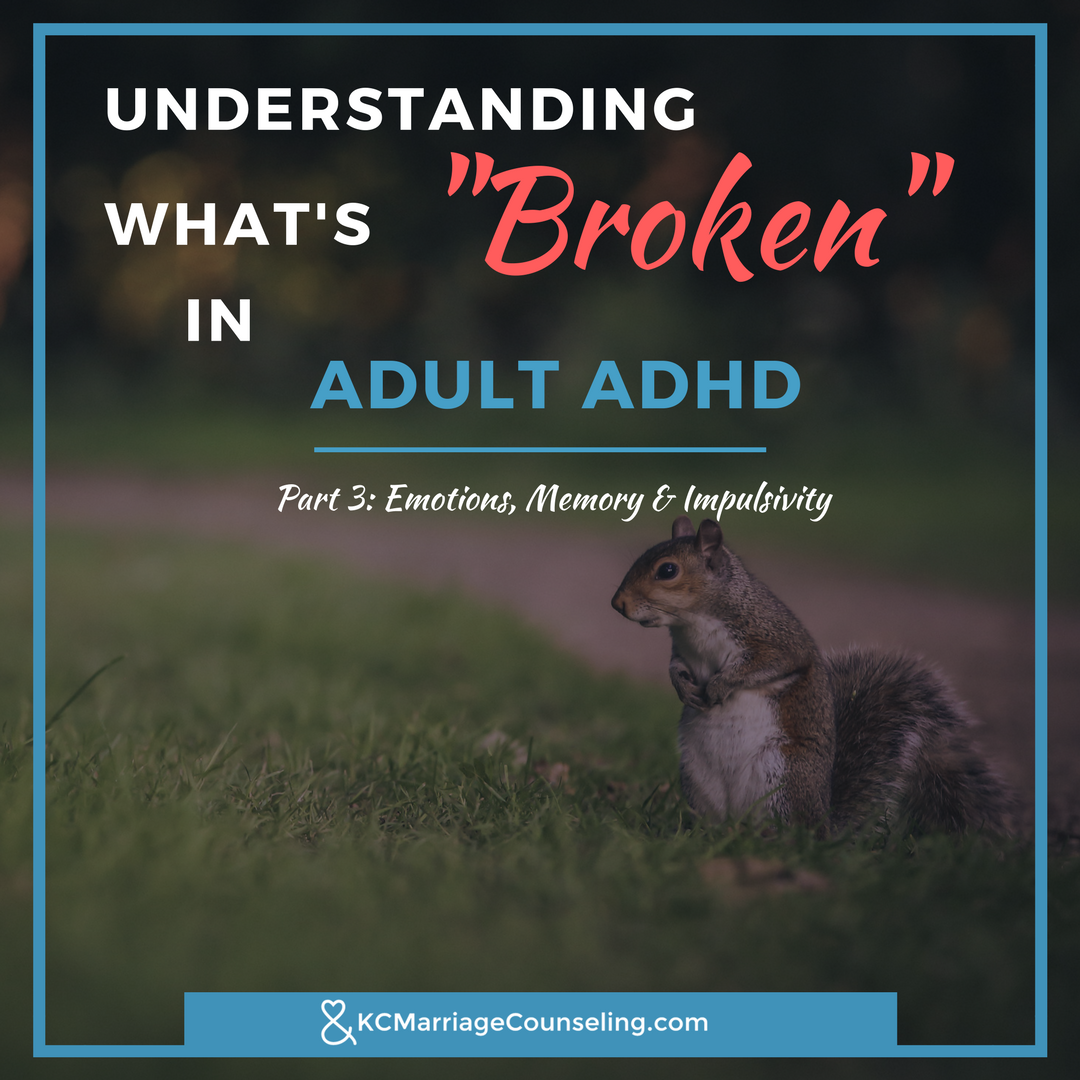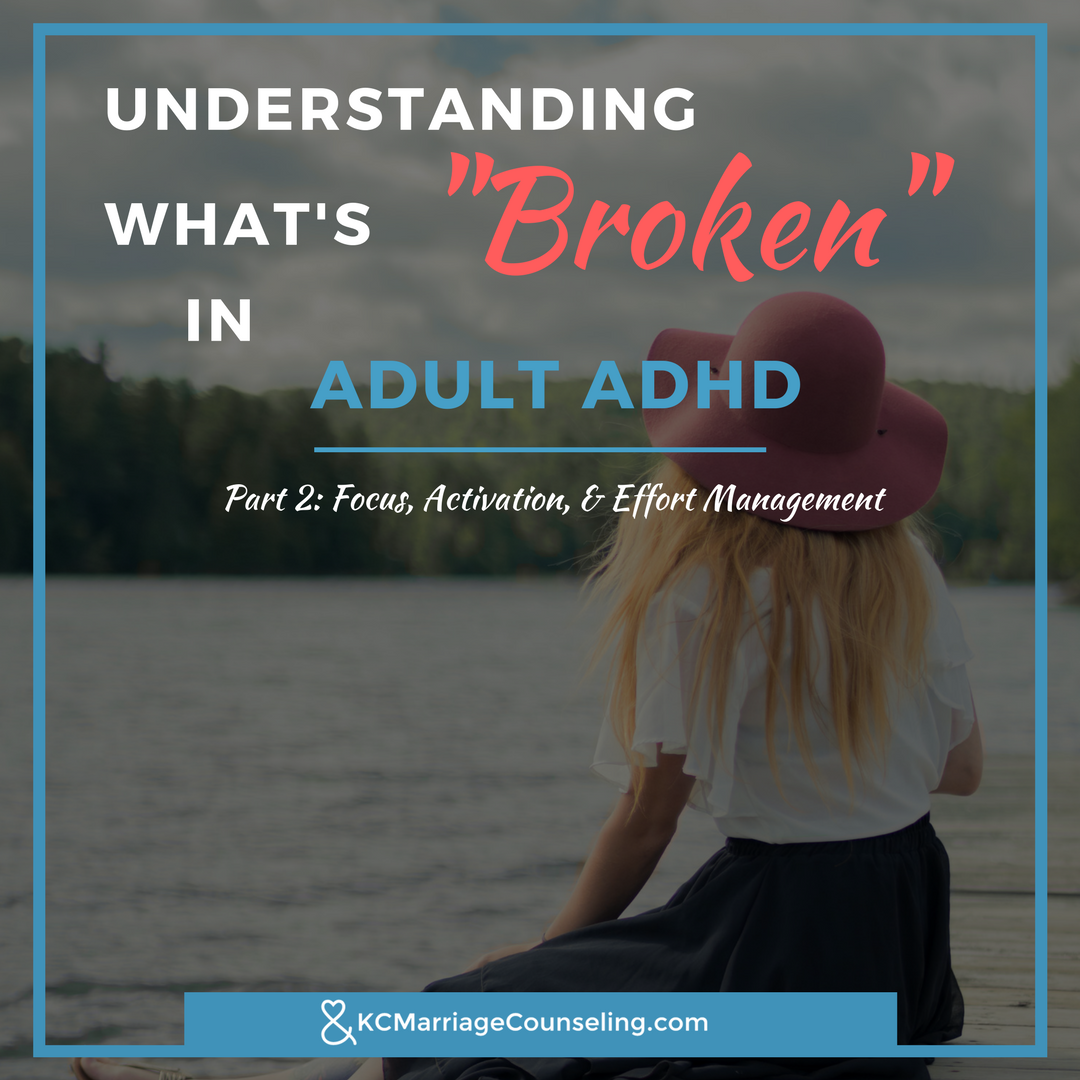I was recently having lunch with a friend who suggested that I write about anxiety. When I asked her why, she said that all of her Facebook friends are talking about how anxious they are. They are experiencing anxiety over finances, relationship difficulties, parenting & kids, and health issues, just to name a few.
I agree with my friend that anxiety is a big problem. Anxiety is the most common mental health issue in the United States, even more common than depression. Some studies say that up to 30% of Americans suffer from anxiety, and almost one third of those people don’t receive any kind of help. A recent study found that 1 in 4 Americans suffer from PTSD-like symptoms such as avoidance, nightmares, agitation, and irritability from financial stress.
While everyone experiences anxiety every once in a while, for many people, anxiety can cause problems in daily living. Learning to manage your anxiety is a very important skill to have. You can't ever completely get rid of anxiety, but you can learn to cope with it so that it doesn't have to get in your way any more.
One of the best ways to manage anxiety is to have tools to choose from when the anxiety gets troublesome. Here are 10 easy tools that you can use to help manage and reduce anxiety.
1. Deep breathing, or “Hippo Breathing”
From the time she was little, my daughter has struggled with anxiety. One day when she was having a hard time with it, I was trying to teach her to breathe deeply. Or as some people call it, diaphragmatic breathing. Breathing with your diaphragm means that when you inhale, your stomach expands, instead of your shoulders rising, as we sometimes do when we breathe. So, as I was trying to teach her how to breathe with her diaphragm, I got the idea to put a small stuffed animal on her stomach - a little hippo was nearby. I had her lay down on the bed and put the hippo on her stomach. Then, I told her to practice raising and lowering the animal as she breathed in and out. That worked like a charm, and ever since then, when she needs a reminder to take some deep breaths, I tell her to practice her “hippo breathing”.
Deep breathing is one of the most fundamental tools you can have in your anxiety tool box because it is powerful in reducing anxiety quickly.
Why?
Because deep breathing and relaxation are the exact opposite of the tightness that is present in the body when it is experiencing anxiety.
Think about it. When you are anxious, your muscles are tight, your body is pulled into itself, and your breathing is shallow and quick.
How to do “hippo breathing” (deep breathing)
You can do this lying down or sitting.
Put your hand on your stomach, or if lying down, you can put something light on your stomach, such as a tv remote, small pillow, or your kid’s stuffed animal.
Inhale and count to 4 as you breathe in. Make sure that your stomach is rising or expanding.
Exhale to the count of 8. The numbers 4 and 8 aren’t set in stone - you can use any length of time here as long as you exhale longer than you inhale. That forces your body to release its tightness and relax.
Repeat steps 3 & 4 for as long as you need to
Another way that some of my clients like, is to breathe in to a count of 5, hold for 5, and out for 5. Try each way and do whichever one you like best.
2. Stay focused on the present
Along with the deep breathing, this is one tool that I use when my anxiety gets really bad. Staying focused on the present means that you narrow your focus on time to the "right now". Don’t think about what might happen later today, or even a few hours from now, or even 15 minutes from now. Focus on the moment that is right in front of you.
I sometimes remind myself that I just have to get through the next second. Anxiety wants to tell me that the world is going to end, and I just remind myself that the world isn’t going to end this second. And then I tell myself, it isn’t going to end in this next minute. I keep focusing on the next second or minute until that feels more relaxed and I can move up to larger time increments and then say “I can make it through the next 10 minutes”. Usually, this narrowing of focus on time (and deep breathing) helps me get through the worst part of the anxiety, until I can think clearly again.
3. Listen to the right music.
Music has the power to change your mood and emotions. Music can also reduce anxiety. But, not just any music will work. Some music is sad and depressing and I wouldn’t recommend that to help with anxiety. You want to choose music that will help you to feel happy or relaxed. Make sure that you are listening to music that represents the way that you want to feel.
4. Journaling
Writing about your stress and emotional struggles has the power to change how you are feeling, reduce anxiety, and even improve your immune system, according to researcher Dr. James Pennebaker. He has been researching the healing power of journaling for over 20 years and found that journaling for 20 minutes, just four days in a row can have profoundly positive results.
Here are PennebakEr’s tips for Writing to Heal
Find a time and place where you won’t be disturbed
Write continuously for at least 20 minutes
Don’t worry about spelling or grammar
Write only for yourself
Write about something extremely personal and important for you
Deal only with events or situations you can handle now
If you don’t want to be this structured about journaling, you can just write your thoughts down without paying attention to any rules. You can also draw or doodle in your journal. The point is to externalize the anxiety so that it doesn’t feel so stuck inside of you.
5. Use your 5 senses
Some people use this as a tool for mindfulness, or some people struggling with PTSD use this tool to help with grounding. How this works is you pick a sense, such as touch, and focus on how you are experiencing touch right now. Go outside and really notice how the breeze feels on your skin. Notice the shoes on your feet, or the warmth of the sun on your face. What do you hear right now? Do you hear birds? Traffic? Children playing? What do you smell? Flowers? or maybe someone has fired up their grill? Start with one of your senses and then move on to a second one. Keep doing this until you feel a little less anxious.
6. Do some sort of aerobic exercise or activity
You don’t have to do a ton here, even 10 minutes will help. Exercise is a powerful antidote for anxiety. When we are anxious, our body is filled with adrenaline. Exercise can help burn through those stress hormones.
Exercise also helps by:
tiring your muscles, reducing tension and excess energy
releasing endorphins which improve mood
increasing other helpful neurotransmitters such as serotonin and dopamine that also hep to improve mood
forcing better, deeper breathing
being a good distraction from ruminating on your anxiety
7. Allow space for your anxiety
You might be saying that I’m crazy for suggesting this because your anxiety is taking up too much space. The problem is that when you are busy trying to get rid of anxiety by trying to talk yourself out of it, you are actually focusing on it and making the anxiety bigger. Allowing space for your anxiety simply means that you just observe it. Imagine that your anxiety is up on the screen of a drive-in movie and you are way in the back. You can see the anxiety there on the screen, but you are far away from it. When you are able to allow space for you anxiety to just “be”, you create some distance from the uncomfortable feelings and find some relief.
8. Play! Do something fun
One way to work through anxiety is to experience a different, positive emotion to replace the anxiety. Do something fun that brings you joy. Knit or crochet, call up a friend, have a tennis match, play on the Playstation or Wii, read a fun novel. This tool works through using healthy distraction and also by giving your body a different experience than being stuck in the anxious feeling.
9. Color!
Have you seen the new fad of “adult coloring books”? Get yourself a coloring book, or print off some coloring sheets here, here, or here.
Coloring helps you to slow down and feel a sense of calm and relaxation. While coloring won’t replace true mindfulness or meditation practices, it can help you relax, let go of some of the anxiety in the moment, and distract you with a calming activity.
Some supplies to help you get started: Sargent 50 Colored Pencils, Prismacolor Pencil Sharpener, Bic Markers - Fine, Bic Markers - Ultra Fine.
Some great coloring books to try: Good Vibes Coloring Book, Secret Garden: An Inky Treasure Hunt and Coloring Book, Color Me Calm, The Mindfulness Coloring Book
10. Watch and listen to relaxing videos on Youtube
Not until recently did I know these kinds of videos even existed. And when I did a search on Youtube, I found out that there are a ton of these types of videos, from relaxing piano or guitar music, to a gently flowing brook, to relaxing wave & ocean sounds. The length of these videos range from a hour long to over 11 hours long - I’m assuming that you could put these on in the background if you wanted it to last all night while you sleep.
Below are three videos I found that are personally relaxing. Or you could do a search by typing in “relaxation” or “relaxing music” on Youtube and finding what would be most relaxing to you.
One of the biggest benefits about having an anxiety toolbox is that many people find their anxiety decreases just by putting one together. You feel more equipped to handle anxiety when it hits, because you know you have tools that work for you to get you through.
What tools do you use and like? What would you add to the list? Let me know in the comments. I’d love to hear what works for you. Maybe I’ll add your ideas to my tool kit!
If you are struggling with anxiety and would like some support, contact me. You don't need to wait one second longer to get anxiety under control.
More posts you might find interesting...















